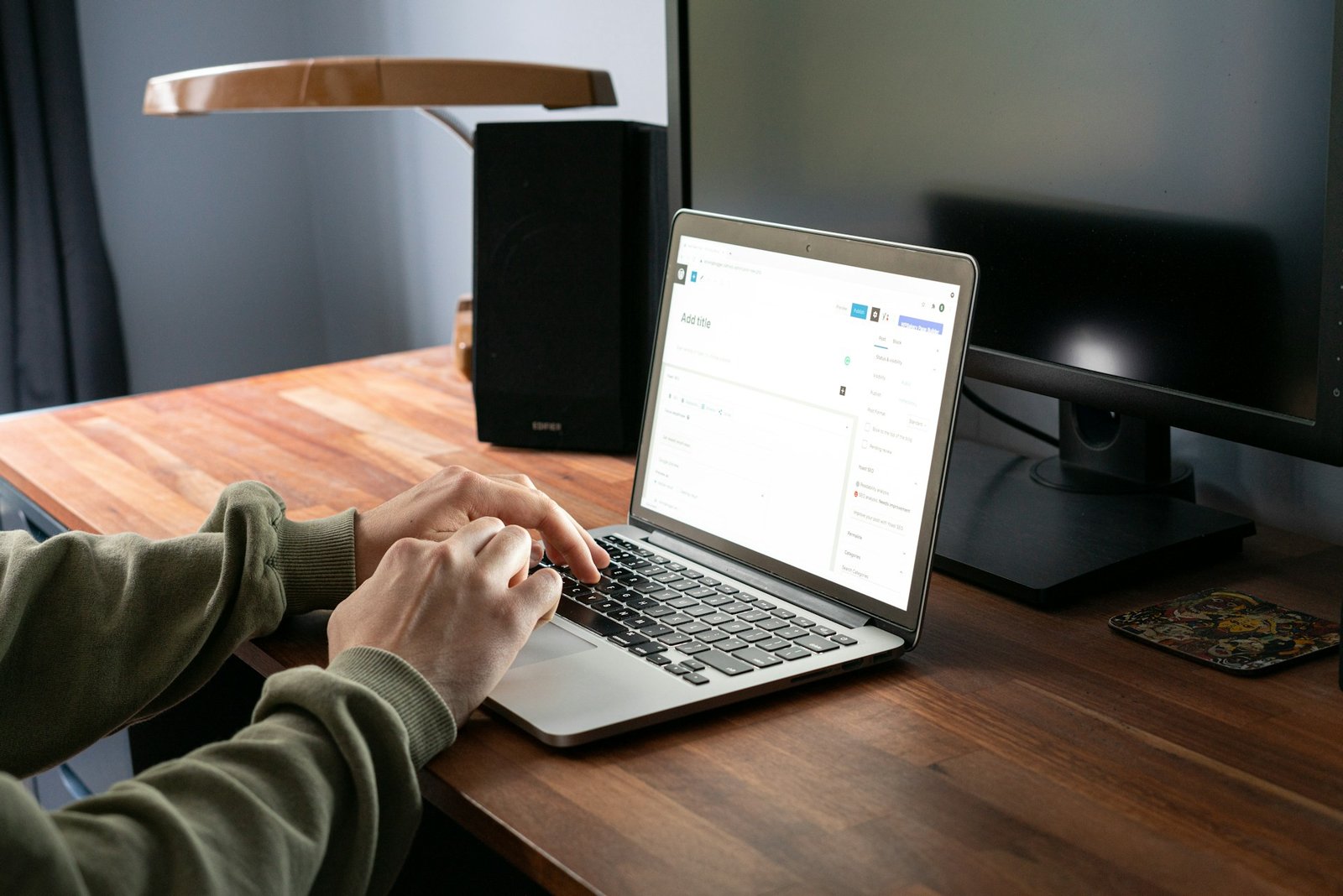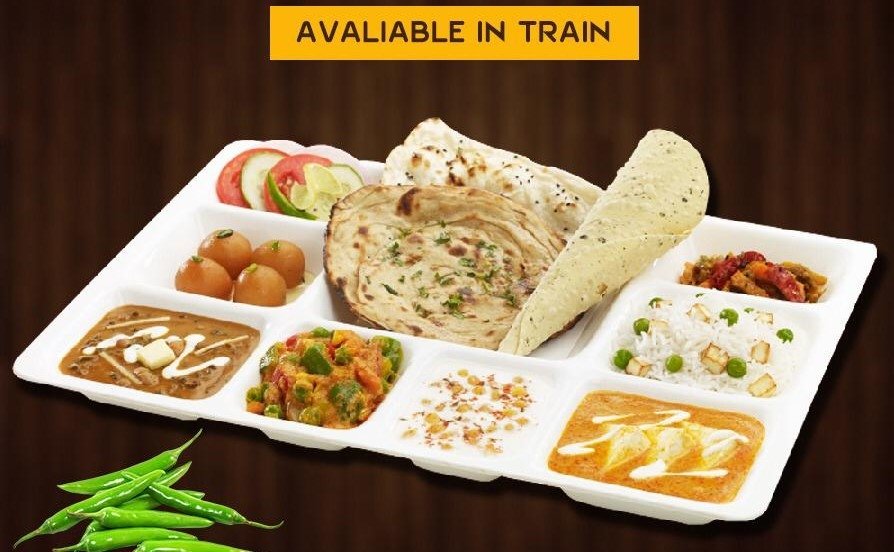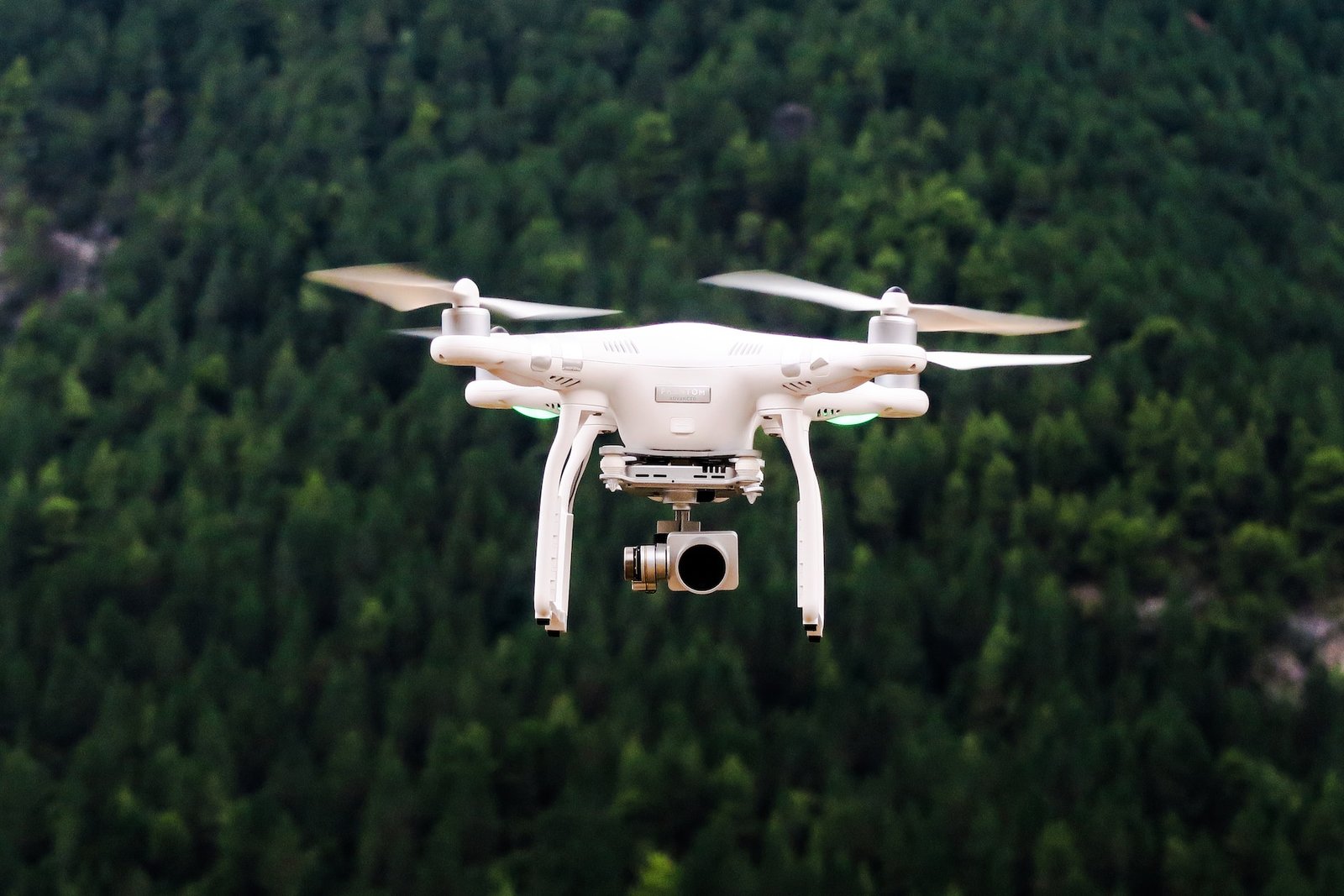“Drones” allude to automated aeronautical vehicles (UAVs) or automated aeroplane frameworks (UAS). These are aircraft without a human pilot on board, controlled either autonomously by computers or by remote control. Drones come in various shapes and sizes, ranging from small consumer models to large military UAVs.
Key features of drones include:
Remote Control: Most drones are operated remotely by a human pilot using a controller or a mobile device. Some advanced drones can also fly autonomously based on pre-programmed flight paths or artificial intelligence algorithms.
Cameras and Sensors:
Many drones are equipped with cameras and other sensors, allowing them to capture images and videos from the air. This capability has led to a wide range of applications, including aerial photography, surveillance, and mapping.
Commercial and Recreational Use: Drones have become popular for both commercial and recreational purposes. They are used in industries such as agriculture, real estate, filmmaking, search and rescue, and environmental monitoring. Furthermore, people frequently use drones for sporting exercises and ethereal photography.
Military Applications:
Drones have been extensively used in military operations for surveillance, reconnaissance, and sometimes for offensive purposes. Military drones can range from small, hand-launched models to large, long-endurance UAVs.
Regulations: Due to the increasing use of drones, many countries have implemented regulations to ensure safe and responsible drone operations. These regulations may include restrictions on flight altitude, no-fly zones, and licensing requirements.
Challenges: The widespread use of drones has raised concerns about privacy, safety, and potential misuse. Addressing these challenges requires a balance between the benefits of drone technology and the need for responsible and ethical use.
Overall, drones have become versatile tools with a wide range of applications across various industries, and their technology continues to advance rapidly.
Camera drones are a specific category of drones equipped with cameras for capturing photos and videos from the air. These drones have gained popularity for various purposes, including recreational photography, professional filmmaking, aerial surveying, and more. Here are some key features and considerations related to camera drones:
Camera Quality: Camera drones come with a wide range of camera specifications. Higher-end models often feature high-resolution cameras, adjustable apertures, and larger image sensors, resulting in better image and video quality.
Stabilization Systems: To capture smooth and steady footage, many camera drones are equipped with stabilization systems such as gimbals. Gimbals help reduce the impact of drone movements, providing clear and stable shots even in turbulent conditions.
Flight Time: The amount of time a camera drone can stay in the air on a single battery charge varies. Flight time is an important consideration, especially for professional use where longer flight times may be necessary for complex shoots.
Range and Connectivity: Camera drones are typically controlled remotely, and their range is determined by the communication capabilities of the remote controller and the drone itself. Advanced camera drones often use radio frequency or digital transmission systems for longer and more reliable connectivity.
Autonomous Features: Many camera drones come with intelligent flight modes and autonomous features. These can include GPS-based navigation, automated flight paths, and features like follow-me mode, which allows the drone to autonomously follow a subject.
Regulations: When using camera drones, it’s important to be aware of and comply with local regulations. These regulations may include restrictions on flight altitude, no-fly zones, and licensing requirements. The responsible and legal operation of camera drones is crucial to ensuring safety and privacy.
Applications: Camera drones find applications in various fields, including photography, filmmaking, real estate, surveying, agriculture, and search and rescue. Their ability to capture unique aerial perspectives has expanded creative possibilities in many industries.
Portability: Depending on the intended use, the portability of a camera drone can be an important factor. Foldable or compact drones are easier to transport, making them more convenient for on-the-go use.
Popular brands in the camera drone market include DJI, Parrot, Autel Robotics, and Yuneec, among others. As technology continues to advance, camera drones are likely to see further improvements in features, performance, and ease of use.
Internal link – ragdi








